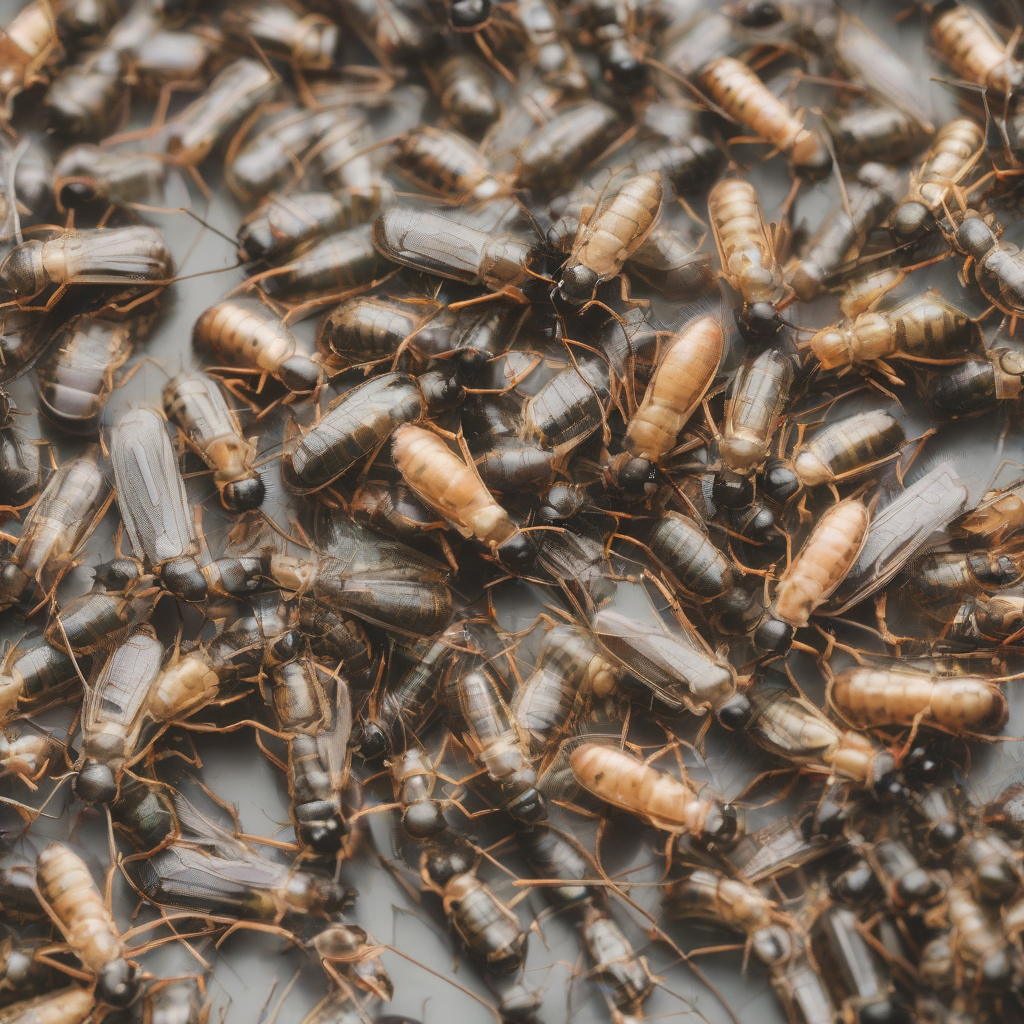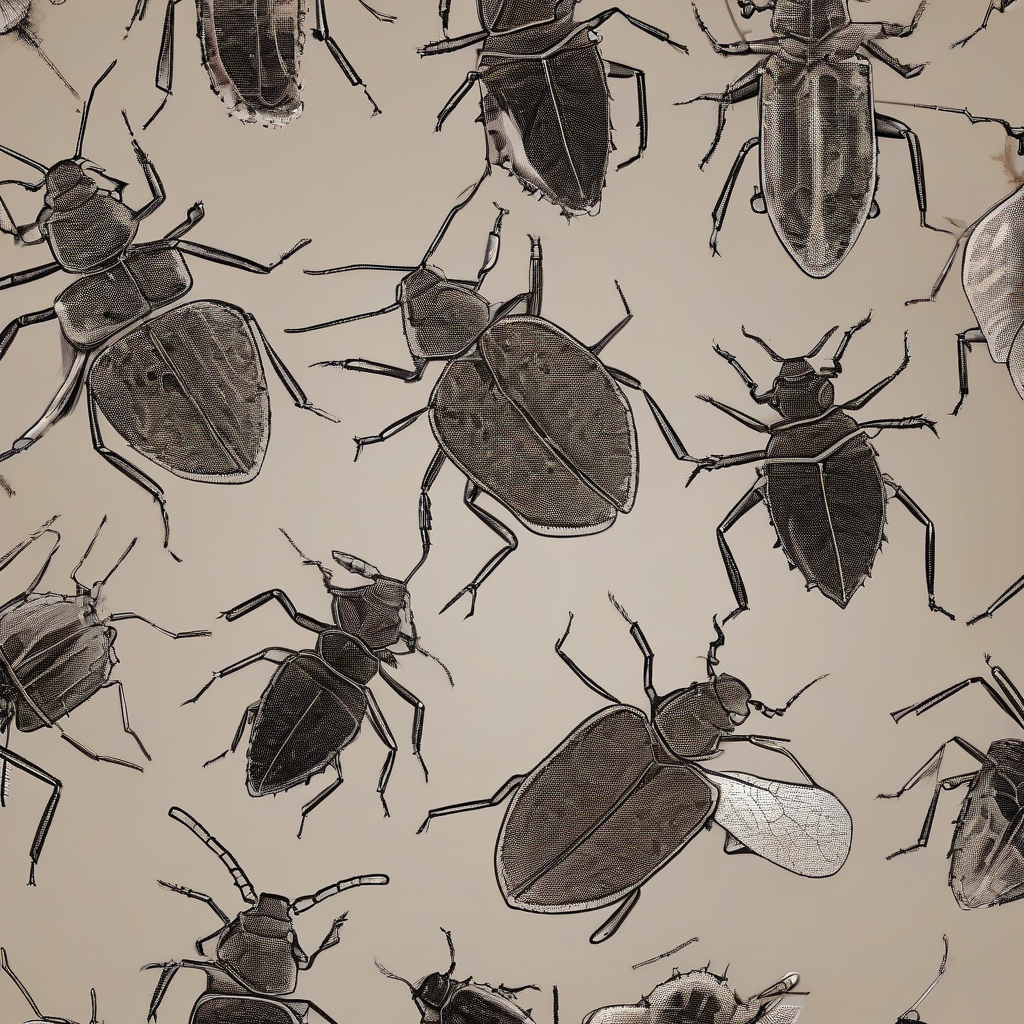Gopher Control Near Me: A Comprehensive Guide to Effective Rodent Removal
Dealing with gophers on your property can be frustrating and damaging. These burrowing rodents can wreak havoc on lawns, gardens, and landscaping, leading to significant costs and inconvenience. Finding effective gopher control “near me” often involves understanding the various methods available and choosing the most appropriate approach for your specific situation. This guide explores different strategies for gopher removal and management, empowering you to make informed decisions about protecting your property.
Understanding Gophers: Identifying the Problem
Before tackling gopher control, it’s crucial to correctly identify the pest. Several species exist, each with slightly different behaviors and preferences. Knowing which type you’re dealing with can inform your choice of control methods. Common signs of gopher activity include:
- Fresh mounds of soil, often volcano-shaped, indicating active burrows.
- Tunnels and runways visible beneath the surface.
- Wilting or dying plants, as gophers feed on roots and underground stems.
- Damaged irrigation systems, as gophers burrow through pipes.
Accurate identification helps tailor your approach. For example, pocket gophers, known for their characteristic mounds, may require different control measures than striped gophers, which might prefer different trapping methods.
Gopher Control Methods: A Range of Options
Numerous methods exist for controlling gopher populations. The best approach often depends on factors like the severity of the infestation, your comfort level with various techniques, and the size of your property.
1. Trapping: A Humane and Effective Approach
Trapping is a common and often effective method of gopher control. Several trap types are available, each with its advantages and disadvantages:
- Traditional spring traps: These are effective but require careful placement and can be potentially hazardous if not handled properly.
- Box traps: These offer a more humane approach, capturing the gopher alive for relocation or disposal.
- Electronic traps: These utilize sensors to trigger a lethal strike when a gopher enters the trap. They often have a higher success rate than spring traps.
Effective trapping involves understanding gopher behavior and placing traps strategically within active tunnels. Regular monitoring and trap resetting are crucial for success. Always adhere to local regulations regarding trapping and disposal of captured animals.
2. Repellents: A Non-Lethal Option
Repellents offer a non-lethal approach to gopher control, aiming to deter them from your property. However, their effectiveness can vary significantly depending on the product and the severity of the infestation.
- Commercial repellents: Many commercially available repellents contain scents or substances unpleasant to gophers, driving them away.
- Homemade repellents: Some homeowners attempt homemade repellents using substances like castor oil or garlic, but their effectiveness is often debatable.
Repellents are often best used as a preventative measure or in conjunction with other control methods. They may be more effective in less severe infestations.
3. Poisoning: A Controversial Method
Poisoning gophers is a controversial method due to potential risks to non-target animals, including pets and beneficial wildlife. The use of rodenticides requires careful consideration and adherence to strict safety guidelines.
- Anticoagulant rodenticides: These cause internal bleeding in gophers, but can also pose a risk to other animals if ingested.
- Single-dose poisons: These are generally considered more dangerous due to their immediate effect and potential for accidental ingestion by non-target animals.
Professional pest control services may utilize licensed rodenticides, but homeowners should exercise extreme caution and consider the environmental implications before opting for poisoning.
4. Fumigation: Targeting Extensive Burrow Systems
For extensive infestations, fumigation may be considered. This involves introducing a gas into the gopher burrow system to eliminate the animals. However, this method requires specialized equipment and expertise, making it typically unsuitable for DIY approaches.
5. Flooding: A Less Common Approach
Flooding burrows can be an effective, albeit messy, method in certain situations. This involves directing water into the burrows, forcing the gophers to the surface. However, this method may not be suitable for all terrains or soil types.
6. Professional Pest Control Services: Expert Assistance
When dealing with a severe infestation or when DIY methods prove ineffective, professional pest control services offer expertise and access to a wider range of control options. They can assess the situation, develop a tailored plan, and utilize safe and effective methods to eliminate gophers from your property.
- Expertise and experience: Professionals possess the knowledge and skills to identify gopher species, assess the extent of the infestation, and implement the most appropriate control strategies.
- Access to professional-grade tools and products: They have access to specialized equipment and environmentally responsible control products that may not be available to homeowners.
- Reduced risk of harm: Professionals are trained in safe handling of chemicals and trapping devices, minimizing the risk of harm to humans, pets, and the environment.
Preventing Future Gopher Infestations: Proactive Measures
Once gophers are eliminated, implementing preventative measures can help avoid future infestations. These measures aim to discourage gophers from establishing themselves on your property.
- Maintaining a healthy lawn: A thick, healthy lawn makes it more difficult for gophers to burrow.
- Removing attractive food sources: Avoid leaving fallen fruit, vegetables, or pet food on the ground.
- Repairing damaged irrigation systems: Promptly repair any leaks or damaged pipes to eliminate sources of water that attract gophers.
- Using protective barriers: Hardware cloth or other barriers around vulnerable plants can prevent gophers from accessing them.
- Regular monitoring: Regularly inspect your property for signs of gopher activity, allowing for early intervention.
Finding Gopher Control Services Near You: A Step-by-Step Guide
Locating reputable gopher control services in your area is crucial for effective and safe removal. Here’s a step-by-step guide:
- Online search: Use search engines like Google, Bing, or DuckDuckGo to search for “gopher control near me,” “pest control near me,” or “wildlife removal near me.”
- Check online directories: Explore online directories like Yelp, Angie’s List, or HomeAdvisor to find local businesses and read reviews from previous clients.
- Ask for recommendations: Seek advice from neighbors, friends, or family members who may have dealt with gophers in the past.
- Contact multiple services: Obtain quotes from several companies to compare pricing and services offered.
- Verify licensing and insurance: Ensure that the chosen company is licensed and insured to provide pest control services.
- Check for environmentally responsible practices: Inquire about their methods and whether they prioritize environmentally friendly approaches.
Remember, selecting a reputable service can significantly impact the effectiveness and safety of gopher removal. Thorough research and careful consideration are key.





